Stories of Light | Tradition and Innovation, Connecting Past and Present

Some expertise, skills and so-called secrets are not in books, but are passed directly from one generation to the next. This is the only possible way to preserve the memory of craft forms, processes and types of craftsmanship...the only way to perpetuate the art of glassmaking and allow it to evolve over time.

An invisible chain linking past and present, each repetition enriches the legacy of knowledge through reproduction techniques and through different combinations with specific effects, colors and forms. In order to allow this heritage of seven centuries to realize its full potential with maximum freedom, Venetian luxury crystal brand Murano Barovier & Toso has given it many different lives through multiple interpretations.
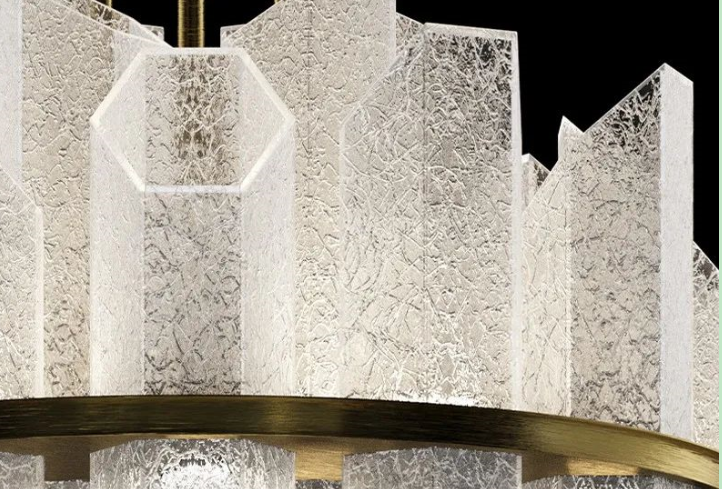
Today, ancient techniques that symbolize tradition are continued at the most advanced level in glass products, giving birth to many classic and iconic design products, combining ancient and modern and reinterpreting them with a new luster.
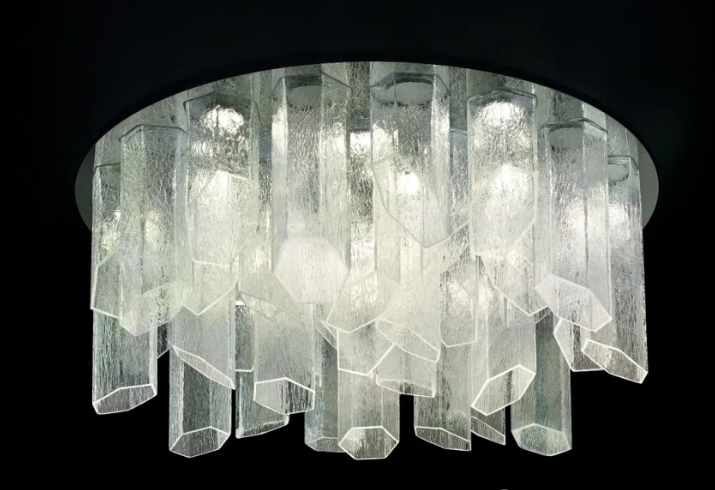
One of these techniques, known as "vetro a ghiaccio" or "ice-made" glass, dates back to the second half of the 16th century and was first mentioned in a 1570 map of Venice. This is a decorating process that involves dipping hot glass in water, still attached to the blowpipe. Thermal shock causes dense cracks to form on the surface. When it is skillfully heated in a furnace, it creates an ice cracking effect without damaging the sturdiness of the glass.
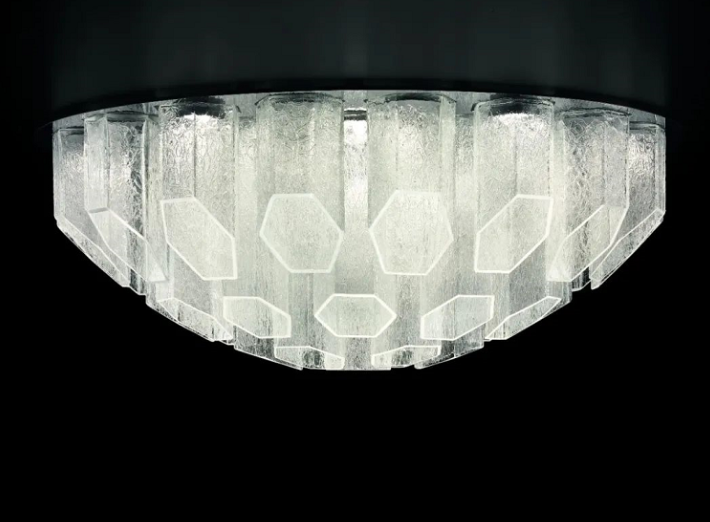
The Trim series is a representative work of the ancient "ice-making" process, repeating the application of modular elements as a whole, and the shape adopts hexagonal elements. From chandeliers to ceiling lights, to dramatic custom designs, Trim interprets contemporary architectural spaces with their dynamism and sculptural beauty, accentuated by timely, expressive finishes.
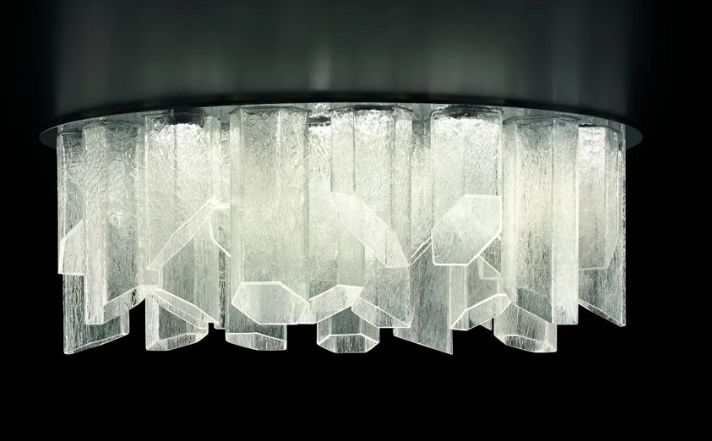
The lighting device is very simple, using a VT-C341 Triac dimmer, one can control the entire headlight, and with the help of the translucent glass, the light exudes a special antique and artistic sense. The antique decorations show the warmth of European-style homes.
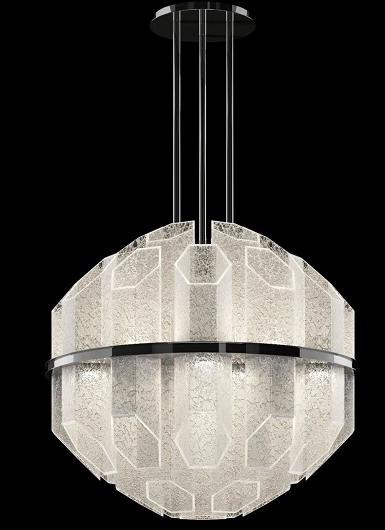
The elegant and sophisticated "rugiada" (meaning "dew") technique was invented by Ercole Barovier in 1938 and later patented and applied for by Barovier & Toso in the 20th century. During the working process, the dewy decorative effect is achieved by thermally attaching tiny glass fragments to make the object extremely bright.
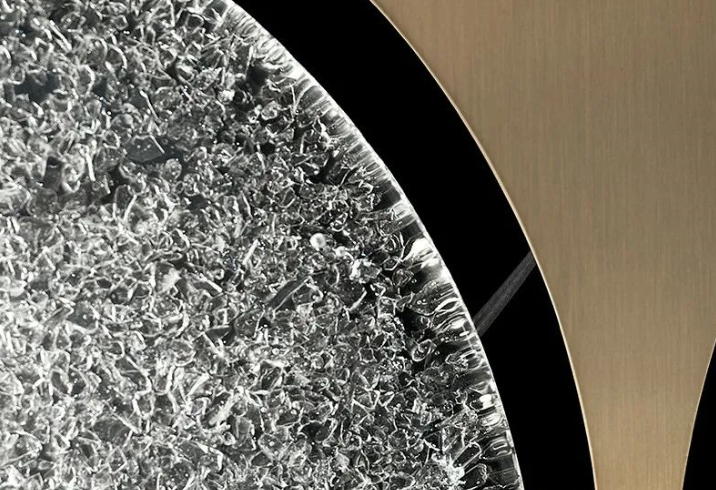
The Tuileries collection completes this craft in a modern way, exploiting symmetry to create infinite combinations of illuminated and non-luminous elements, embodying the possibilities of infinite wall light combinations.
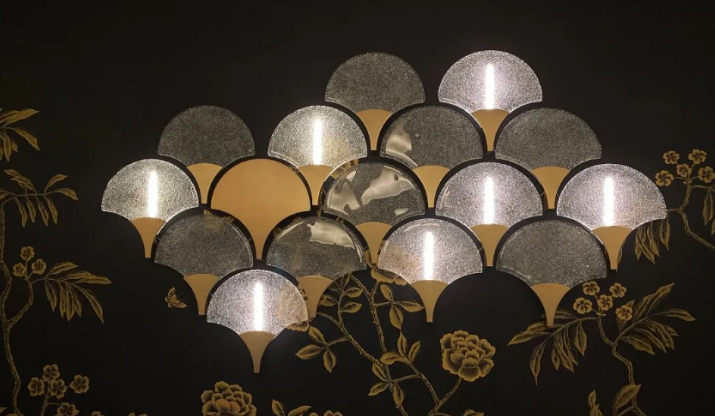
Marrakech, Spade, Excelsior and Grand Hotel are also excellent, reinterpreting the rugiada technique in a nature-inspired form.
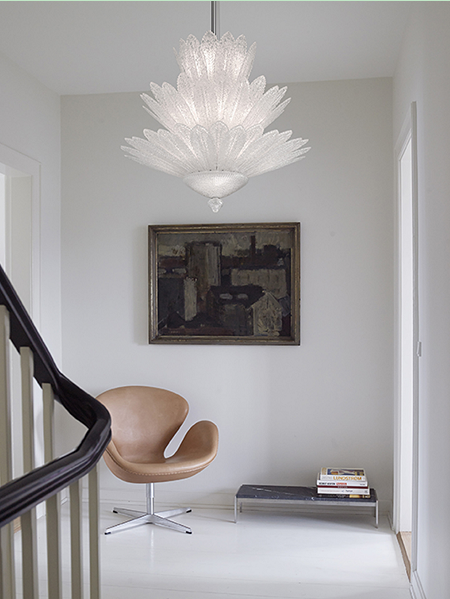
There are other techniques, some even dating back to Roman times, that require the use of molds. In the Murano tradition, these molds are usually made of pear wood, but can also be made of cast iron or other metals.
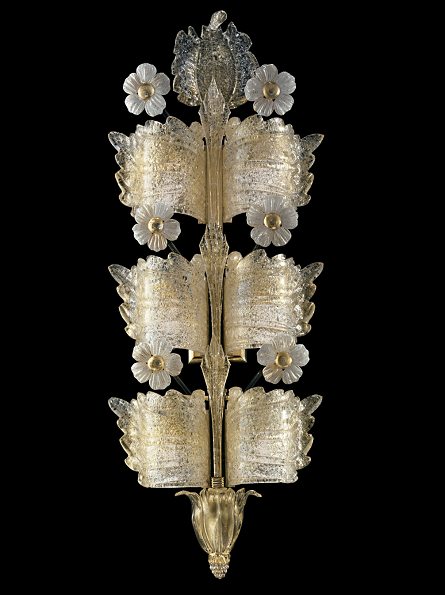
One such process is called "corteccia", a treatment of the surface of glass by blowing sheets of glass over flat metal moulds. Irregular patterns are printed on the glass with an undulating natural effect.
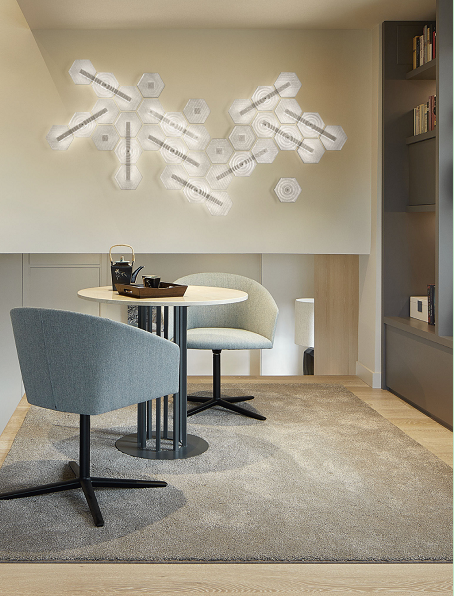
Hanami is based entirely on this process. Just like in a modern art work, the same elements are repeated and connected endlessly, forming a modern work of art. Each glass bubble is different but made with the same corteccia technology. These dynamic shapes, constructed in organic form, allude to the droplets, but at the same time their blowing process.
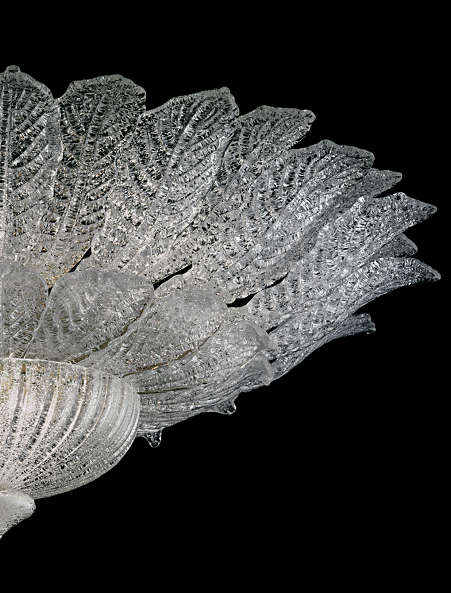
The ability to reform, create, and shape beauty, while respecting history while developing into the future, is the key to tradition and innovation, and a mission that truly belongs to Barovier&Toso.
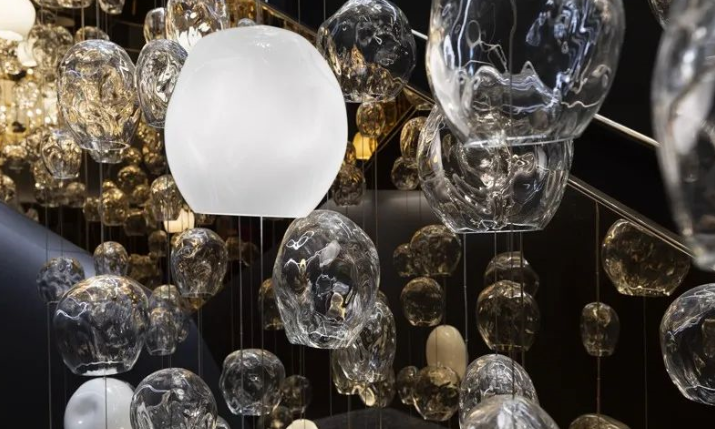
Contact:
Phone: +86-13510672827
E-mail: contact@vtecklite.com
Add: 6FL, Chuangcheng Mansion,Taiwan Industrial Estate,Shiyan Shenzhen China